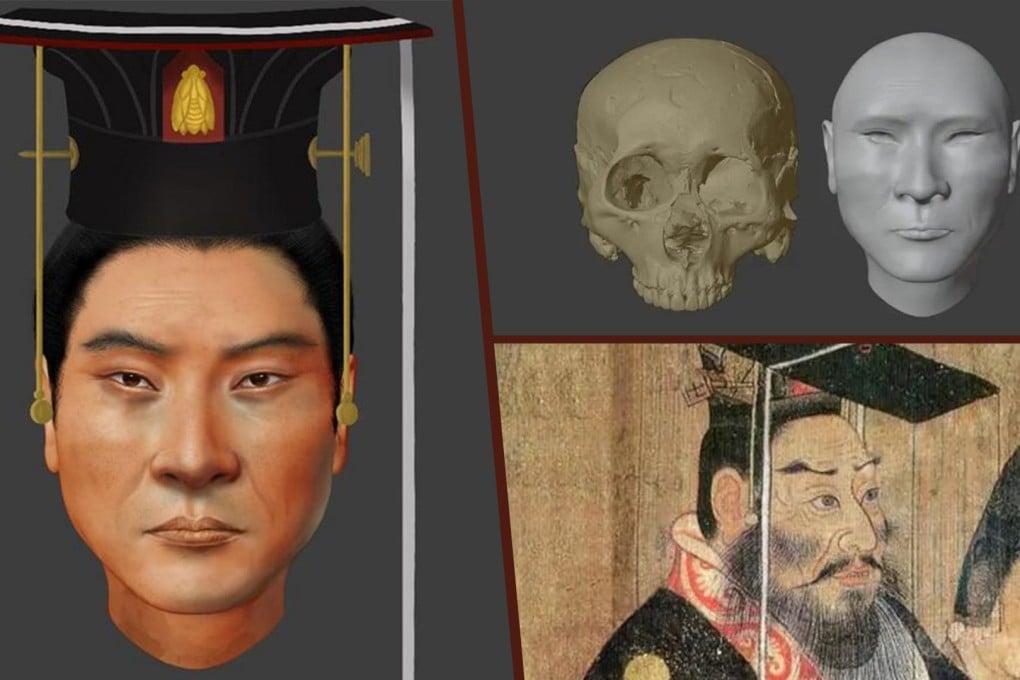The imperfect value of digital facial reconstructions of our ancient ancestors
Digital facial reconstructions are looking increasingly realistic, but do they add equal scientific value?

With the widespread use of artificial intelligence (AI) and advanced imaging, archaeology is undergoing a technological revolution, evident in the digital facial reconstructions of ancient ancestors.
In early October, scientists in China unveiled facial reconstructions of two men – one from about 5,600 years ago and another from 4,000 years ago. These researchers also transformed the reconstructions into metallic busts.
The realism of these busts is striking, enhancing public engagement by connecting people to ancestors who resembled modern humans.
Facial reconstructions are not new – first attempted in wax during the 19th century and evolving to digital models with 3D graphics in the late 20th century, according to a May 2023 study published in Legal Medicine.
However, the integration of AI into archaeology and advancements in digital 3D graphics have yielded a level of realism that seems more photographically accurate than images from the past few decades.
In April, the Post reported on a digital image closely approximating Emperor Wu (r. 560-578), a prominent Northern Song dynasty (960-1127) leader. This representation captures public emotions more vividly than traditional artistic depictions.
